The Future of Contact Lens Technology is Here
Take a look at the groundbreaking technologies that make TOTAL™ contact lenses exceptionally comfortable.
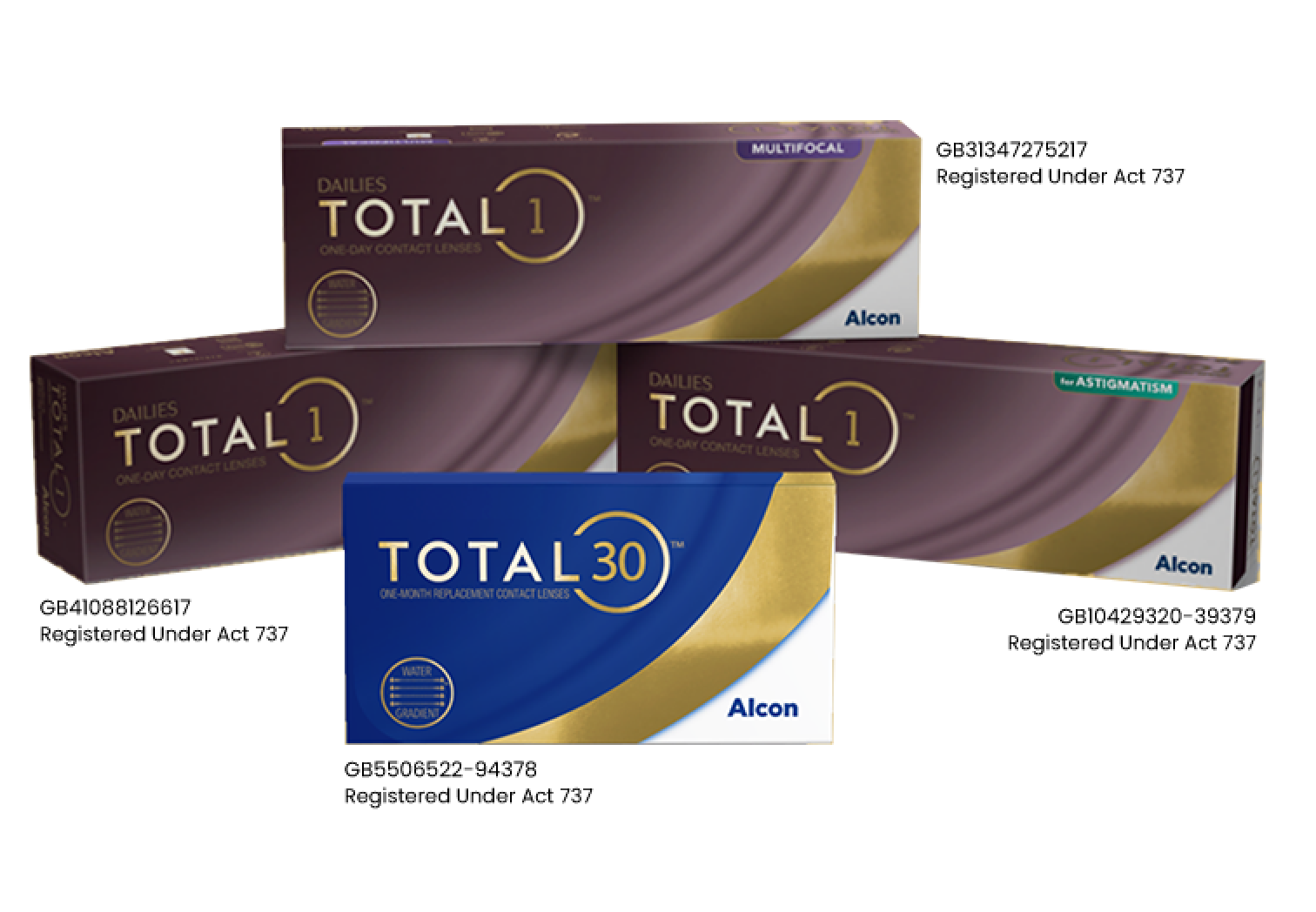
WATER GRADIENT MATERIAL
All TOTAL™ contact lenses feature Water Gradient material that provides nearly 100% of water at the surface so nothing touches the eye but a gentle cushion of moisture.1-4
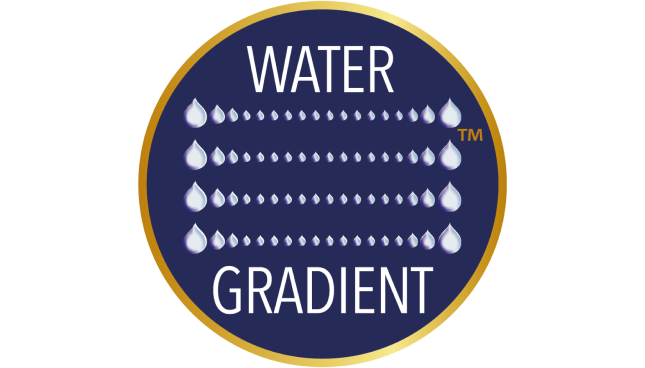
HIGH BREATHABILITY
The high breathability of TOTAL™ contact lenses means more oxygen can flow through the lens to your eye, helping to keep your eyes white and healthy-looking.5-8
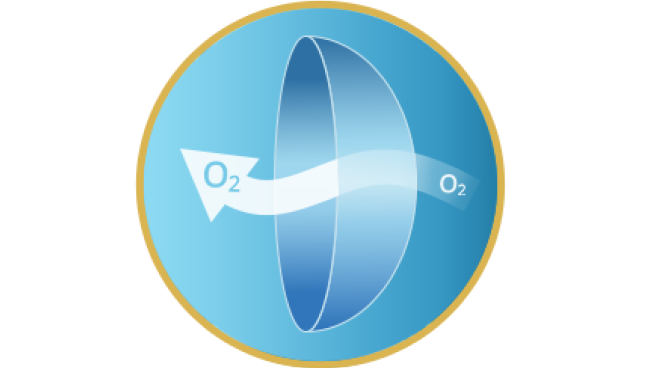
SMARTEARS™ TECHNOLOGY
Exclusive to DAILIES TOTAL1™ contact lenses, SmarTears™ Technology features the release of an ingredient found naturally in tears that helps to stabilize the lipid layer of the tear film.9
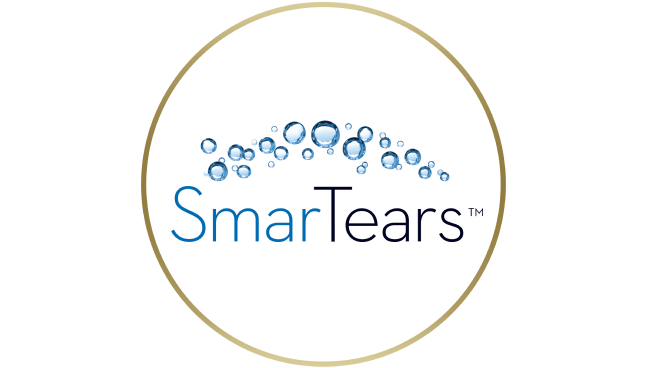
PRECISION BALANCE 8|4® DESIGN
DAILIES TOTAL1™ for Astigmatism is created with our unique PRECISION BALANCE 8|4® design. It helps your lenses stay in place, providing stable vision that is especially important for astigmatism.10
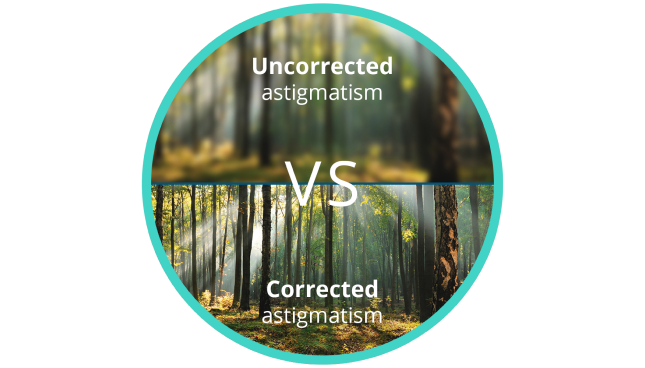
CELLIGENT™ TECHNOLOGY
Exclusive to TOTAL30™ contact lenses, CELLIGENT™ Technology helps resist deposits and bacteria by creating a protective layer that mimics the eye’s natural surface, for a clean lens11-15**.

*Eye exam may be required. Professional fees may apply.
**OPTI-FREE Puremoist used for cleaning, disinfecting and storing, following package insert directions.
References:
1. In vitro analysis of lehfilcon A contact lenses outermost surface softness and correlation with water content; Alcon data on file, 2021. REF-10933.
2. In vitro analysis of lens oxygen permeability, water content, and surface imaging; Alcon data on file 2021. REF-11404.
3. Angelini TE, Nixon RM, Dunn AC, et al. Viscoelasticity and mesh-size at the surface of hydrogels characterized with microrheology. Invest Ophthalmol Vis Sci. 2013;54:E-abstract 500.
4. Thekveli S, Qui Y, Kapoor Y, et al. Structure-property relationship of delefilcon A lenses. Cont Lens Anterior Eye. 2012;35(Supp 1):e14.
5. Laboratory measurement of oxygen permeability by polarographic method; Alcon data on file, 2019.
6. Based on in vitro measurement of thickness profiles on unworn lenses; Alcon data on file, 2021. REF-14600.
7. Based on in vitro measurement of thickness profiles on unworn lenses; Alcon data on file, 2019. REF-07609.
8. Based on the ratio of lens oxygen transmissibilities among daily disposable lenses; Alcon data on file, 2010. REF-00160.
9. Pitt W, Jack D, Zhao Y, Nelson J, Pruitt J. Loading and release of a phospholipid from contact lenses. Optom Vis Sci. 2011; 88(4):502-506.
10. In a clinical trial to evaluate stability of axis orientation of DAILIES TOTAL1™ for Astigmatism lenses where n=47; Alcon data on file, 2020. REF-09861.
11. Shi X, Cantu-Crouch D, Sharma V, et al. Surface characterization of a silicone hydrogel contact lens having bioinspired 2-methacryloyloxyethyl phosphorylcholine polymer layer in hydrated state. Colloids Surf B: Biointerfaces. March 2021;199:111539.
12. Surface observations of lehfilcon A contact lens and human cornea using scanning transmissions electron microscopy; Alcon data on file, 2020: REF-11416.
13. Based on Atomic Force Microscope (AFM) imaging of corneas and contact lenses; Alcon data on file, 2021: REF-13990.
14. Ishihara K, Fukazawa K, Sharma V, Liang S, et al. Antifouling silicone hydrogel contact lenses with a bioinspired 2-methacryloyloxyethyl phosphorylcholine polymer surface. ACS Omega. 2021;6:7058-7067.
15. Surface property analysis of lehfilcon A lenses out of pack and after 30 days of wear; Alcon data on file, 2020: REF-11408.
Consult your eye care professional for wear, care, precautions, warnings, contraindications and adverse effects.

